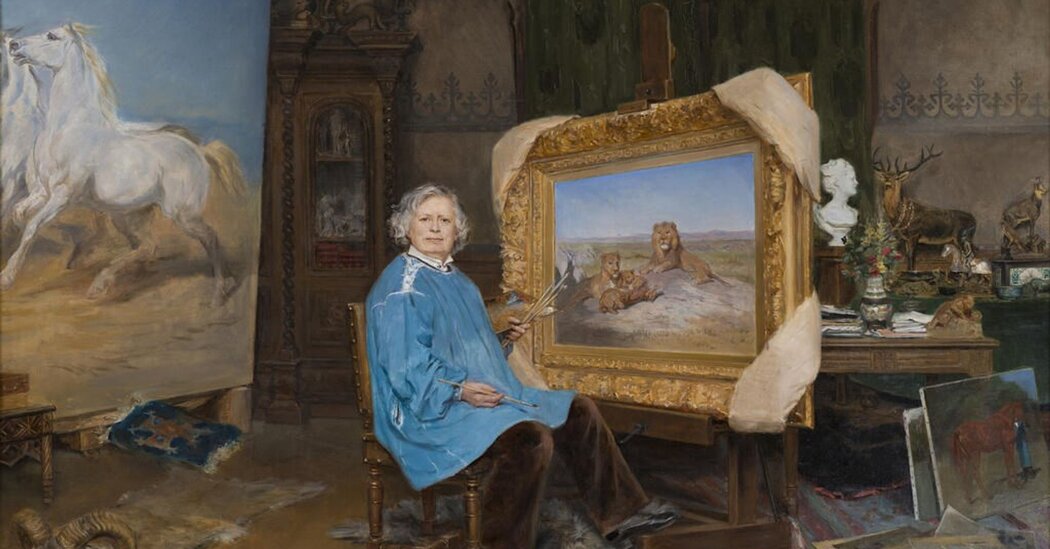The Art of Dressing: Fashion Meets Art at Louvre-Lens
An exhibition at the Louvre-Lens in France examines centuries of interplay between art and fashion, including what the sartorial choices of artists revealed about their place in society. Fashion and art have long danced a pas de deux, with artists evoking dress in their work and designers referencing art in their creations. But rarely are the two examined together by major art institutions, said Annabelle Ténèze, the director of the Musée du Louvre-Lens, a satellite in Lens, northern France, of the famed Musée du Louvre. The intersection of art and fashion speaks to everyone. We all dress every day, which is an act of artistic expression, in its way. I thought, why not look at the history of this relationship and show how it fits into our lives today?
Exhibition Exploring the Interplay Between Art and Fashion
This exhibition provides an insightful journey into the historical connection between art and fashion, shedding light not only on how artists have influenced fashion trends but also on the ways fashion has reciprocally impacted artistic expression. The curation delves into various themes that represent this symbiotic relationship, examining how clothing serves as a canvas for artistic ideas and how artistic depictions, in turn, inspire sartorial choices. By tracing influences from Ancient Greece to contemporary debates around gender identity, the exhibition invites visitors to appreciate the depth and complexity of this dialogue. The collaboration between artists and designers is highlighted through iconic pieces and narratives, offering a comprehensive exploration of how both spheres have continually borrowed from and enriched each other over the centuries. The exhibition encourages viewers to reflect on their own clothing choices and consider the artistic messages they convey, bridging the gap between the personal and the historical in the realm of fashion and art.
Influence of Ancient Greece on Modern Attire
The exhibition also considers the clothes that artists wore and what their fashion choices reveal about their place in society. “Artists of the 19th century decided to represent themselves in painting by wearing a black suit, which was the absolutely most bourgeois outfit of that period,” Gabet said, pointing out self-portraits by Eugène Delacroix in 1837 and Edgar Degas in 1855. Before then, as the exhibition shows, artists often portrayed themselves as St. Luke, the patron saint of painters, wearing a collarless tunic.
The Expression of Gender Identity Through Clothes
The exhibition also considers the clothes that artists wore and what their fashion choices reveal about their place in society. “Artists of the 19th century decided to represent themselves in painting by wearing a black suit, which was the absolutely most bourgeois outfit of that period,” Gabet said, pointing out self-portraits by Eugène Delacroix in 1837 and Edgar Degas in 1855. Before then, as the exhibition shows, artists often portrayed themselves as St. Luke, the patron saint of painters, wearing a collarless tunic.
Reflecting Personal Expression Through Fashion Choices
As the exhibition invites its visitors to reflect on their personal relationship with fashion, it also highlights the enduring and dynamic dialogue between art and fashion throughout history. By examining this interplay, “The Art of Dressing: Dressing Like an Artist” not only showcases the inspirations and statements made by artists and designers but also encourages individuals to consider the artistic expression inherent in their own sartorial choices. The dialogue between art and personal style continues to evolve, influencing and reflecting societal norms and individual identities.















Post Comment